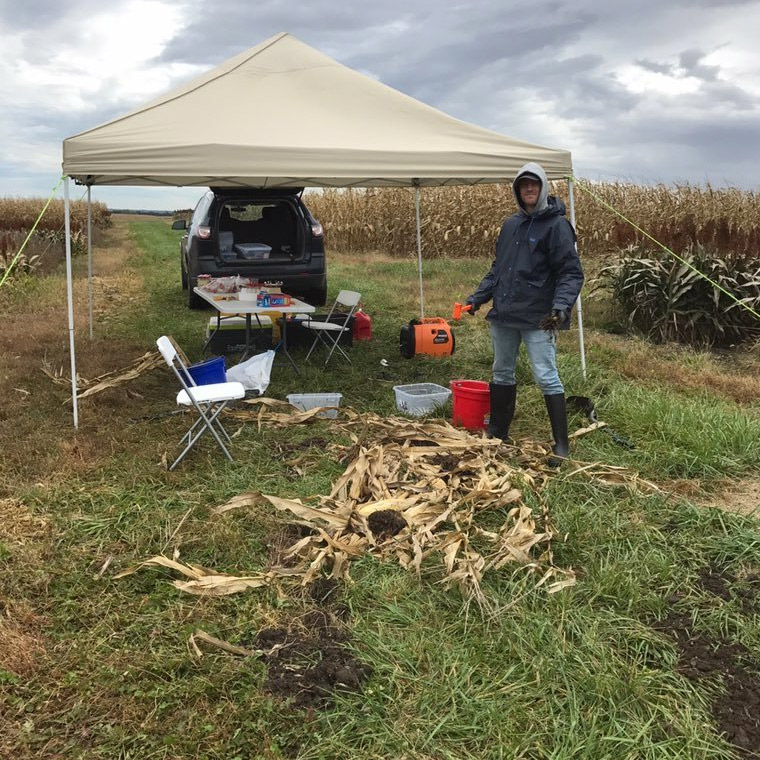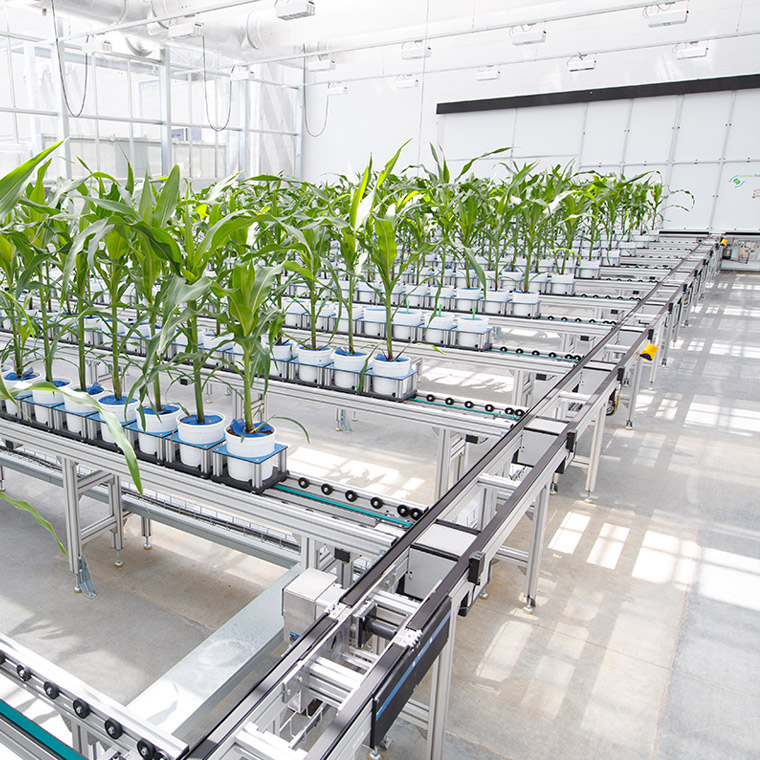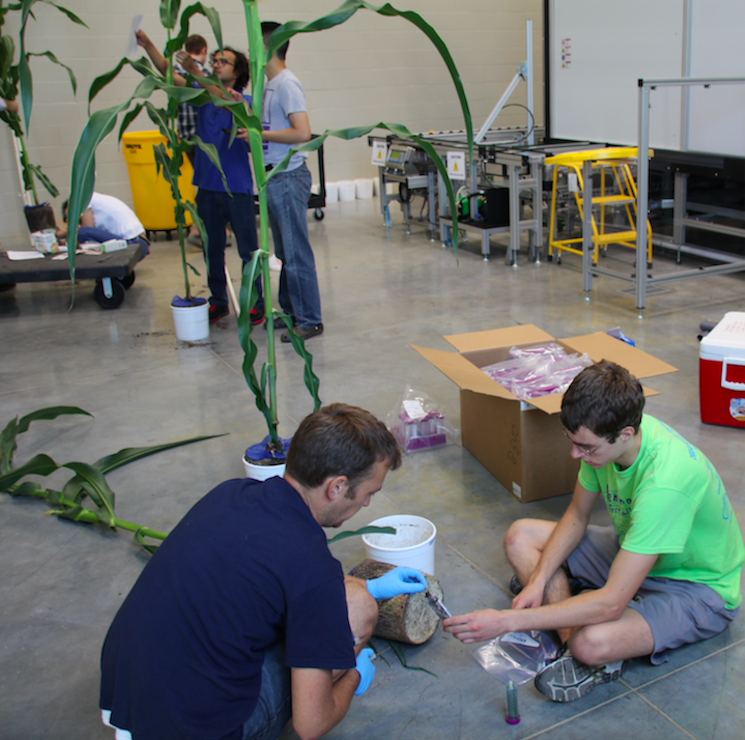Members
Alfano*, Walia*, Clemente, Drijber, Guda, Herr, Schnable, Van Dijk
*Co-leads
Objectives
- Quantify changes in phenotypes of plants under low soil nitrogen and water stress
- Effects of variations in root exudates on root microbiota
- Identifying changes in phenotype and rhizobiomes of plants with variant exudates under field conditions
Associated Publications
Chenyong Miao, Jinliang Yang and James C. Schnable. 2018. Optimizing the identification of causal variants across varying genetic architectures in crops. bioRxiv
DOI: https://doi.org/10.1101/310391
Herr J. R., Scully E. D., Geib S. M., Hoover K., Geiser D. M., Tien M., Carlson J. E.. 2016. Genome sequence of a Fusarium species (MYA-4552) isolated from the midgut of Anoplophora glabripennis, an invasive, wood-boring beetle. Genome Announcements 4: e00544-16
DOI: 10.1128/genomeA.00544-16
Hibbett D. S., Abarenkov K., Koljalg U., Opik M., Chai B., Cole J. R., Wang Q., Crous P. W., Robert V. A. R. G., Helgason T., Herr J. R., Kirk P., Lueschow S., O’Donnell K., Nilsson H., Oono R., Schoch C. L., Smyth C., Walker D., Porras-Alfaro A., Taylor J. W., Geiser D. M.. 2016. Sequence-based classification and identificationof Fungi. Mycologia 108: 1049-1068
DOI: 10.3852/16-130
Li Y, Heavican TB, Vellichirammal NN, Iqbal J, Guda C. . 2017. ChimeRScope: a novel alignment-free algorithm for fusion gene prediction using paired-end RNA-Seq data. Nucleic Acids Res.45:e120.
DOI: https://doi.org/10.1093/nar/gkx315
Liang Z., Schnable J.C.. 2018. Functional Divergence between Subgenomes and Gene Pairs after Whole Genome Duplications. Molecular Plant, Volume 11, Issue 3, 5 March 2018, Pages 388-397
DOI: https://doi.org/10.1016/j.molp.2017.12.010
Liang Z, Pandey P, Stoerger V, Xu Y, Qiu Y, Ge Y, Schnable JC.. 2017. Conventional and hyperspectral time-series imaging of maize lines widely used in field trials. GigaScience
DOI: https://doi.org/10.1093/gigascience/gix117
Malachy T Campbell, Harkamal Walia, Gota Morota. 2018. Utilizing random regression models for genomic prediction of a longitudinal trait derived from high-throughput phenotyping. bioRxiv
DOI: https://doi.org/10.1101/319897
Scully, E.D., T. Gries, N.A. Palmer, G. Sarath, D.L. Funnell-Harris, L. Baird, P. Twigg, J. Seravelli, T.E. Clemente, & S. Sattler. . 2018. Overexpression of SbMyb60 in Sorghum bicolor impacts both primary and secondary metabolism. New Phytol. 217: 82-104.
DOI: https://doi.org/10.1111/nph.14815
Zhang Y, Ngu DW, Carvalho D, Liang Z, Qiu Y, Roston RL, Schnable JC. 2017. Differentially regulated orthologs in sorghum and the subgenomes of maize. The Plant Cell
DOI: https://doi.org/10.1105/tpc.17.00354




